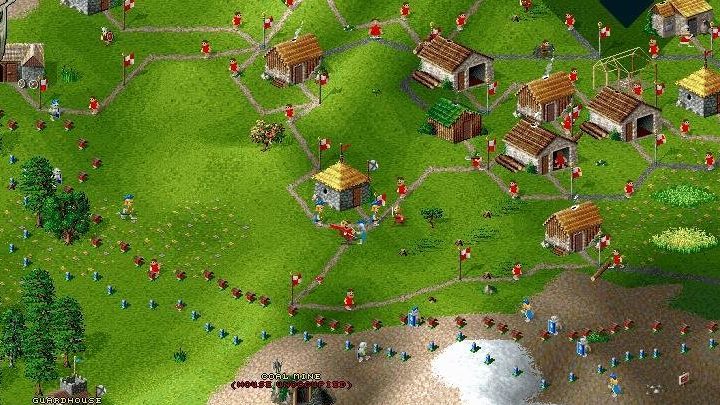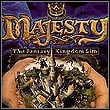Pathways a la The Settlers. The Great and Forgotten Mechanics of Old Games

- The Great and Forgotten Mechanics of Old Games
- God games – be a God
- Secret rooms
- Paying NPCs to work
- Infantry units with names
- Facial expressions that we need to pay attention to
- Digging tunnels under fortifications
- Portals from Portal
- Pathways a la The Settlers
- Action Points
- Cheats and codes
- You're the best! High Scores
Pathways a la The Settlers

The funny and amiable settlers were the perfect workforce – they almost seemed happy to carry the planks from the nearby sawmill, or bravely hammering new buildings into existence. In 1993, The Settlers by Volker Wertich and the Blue Byte team became a European phenomenon among strategy games, and a follow-up three years later only sealed the success of, back then, young series. At the same time, it was the last installment, in which the creators applied the mechanics of pathways used by the townspeople in their daily chores, in a growing city.
The Idea of setting specific routes for the virtual workers seemed essential to keeping order on screen. At flagged points, they could drop off goods that waited a few moments to be picked up by the right person. Creating pathways was critical for achieving optimal efficiency and making sure the materials reached their destination. And while the subsequent installments of the series have abandoned the idea, players remember it with fond nostalgia.
Personally, I'm a big fan of the first two installments of this series. Years after, I found a game that pushes this premise to the absolute extreme – Factorio. There, too, we designate paths on which goods travel. But since Factorio is about automation, we only use conveyor belts and rail tracks; the game is a hell lot more complex, but the idea is more or less the same.
Martin Strzyzewski






